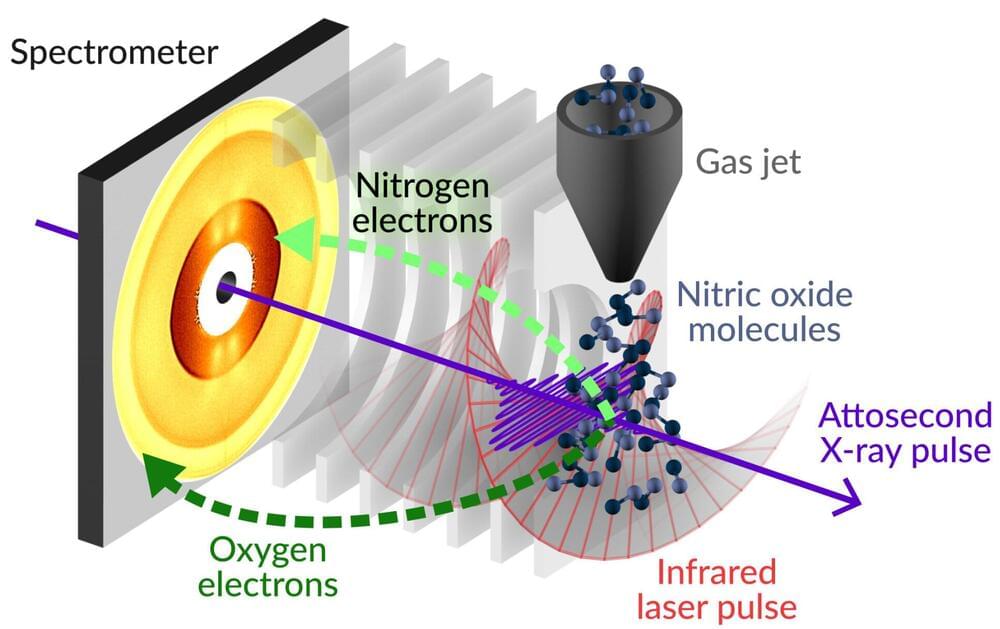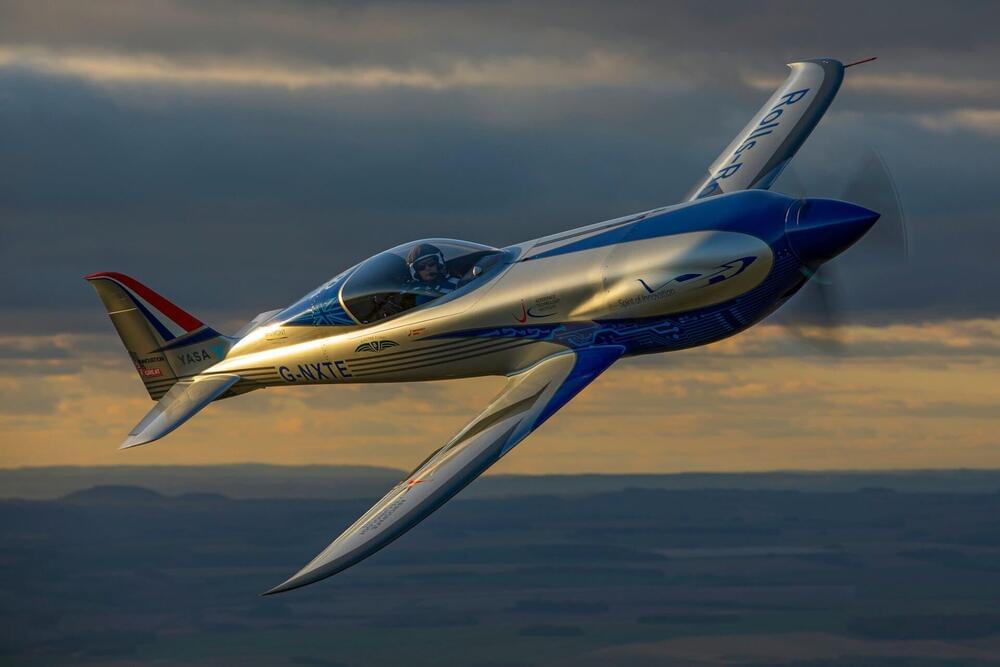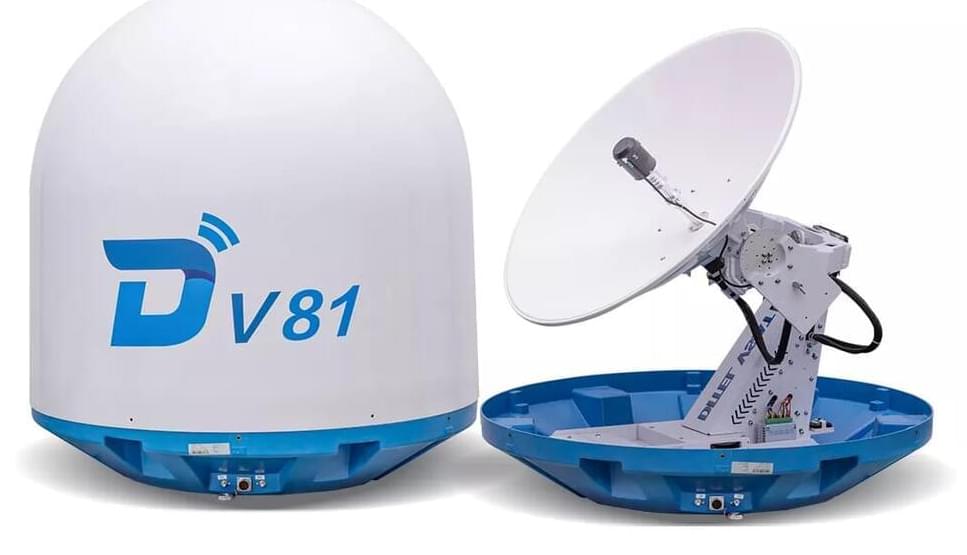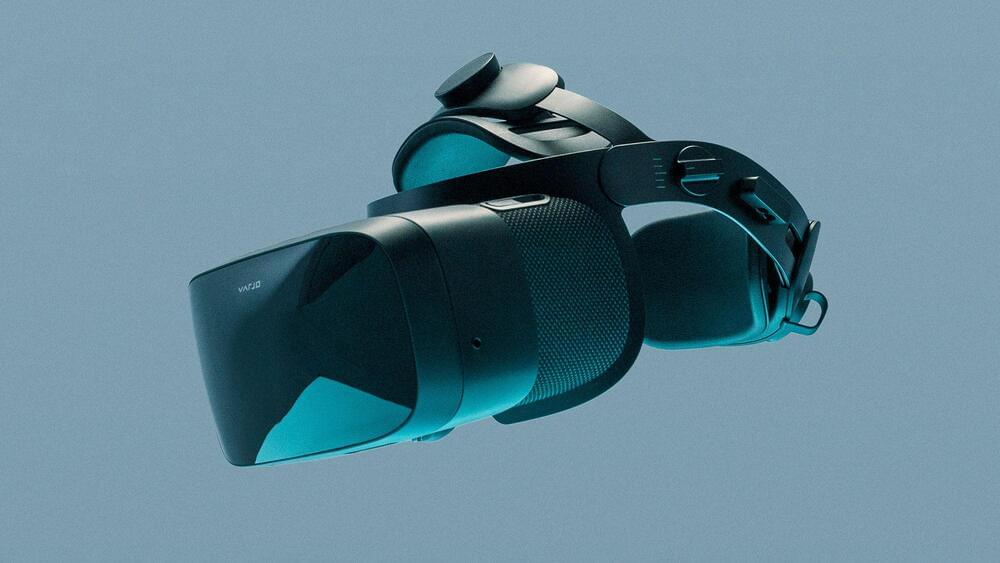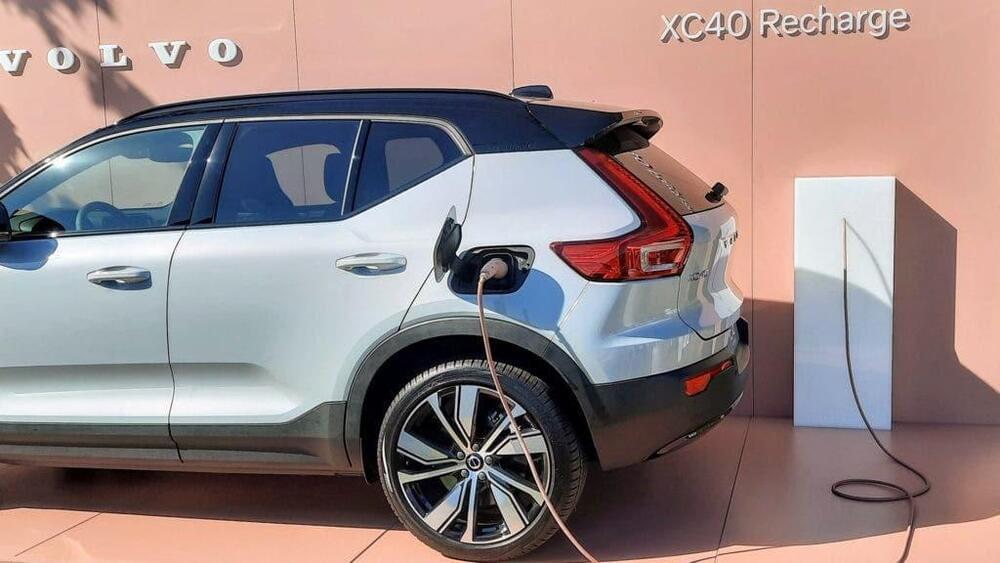Silicon-based, nuclear, quantum gate computers? In this economy? Get ready for the future, Uncle Sam’s footing the bill. property= description.
A study of electron dynamics timed to millionths of a billionth of a second reveals the damage radiation can do on a molecular level.
The first-of-its kind study used ultrafast X-ray laser pulses to disrupt the electrons in a molecule of nitrous oxide and measure the resultant changes with unprecedented accuracy.
The work, published today in Science, was performed at the Linac Coherent Light Source (LCLS) at the Stanford Linear Accelerator Centre (SLAC), Stanford, U.S. and was supported by a team of five scientists from Imperial College London.
Rolls-Royce today announced that its Spirit of Innovation aircraft has officially become the world’s fastest all-electric vehicle. The ambitious aircraft attempted the feat in November, giving the British company the confidence that it had set a new record. However, the firm had to wait until now to receive confirmation from aviation bodies.
The Spirit of Innovation program seeks to pioneer sustainable aviation by proving the capabilities of electric flight. Those behind the program are keen to enable a future of low-carbon air travel.
The plane first took off the Ministry of Defence’s Boscombe Down site in the English county of Wiltshire in September last year. A 400kW (500+hp) electric powertrain helped the aircraft on its way, a piece of equipment that is backed by what is dubbed the most power-dense battery pack ever put together for a plane.
Marine Satellite Antenna
Posted in life extension
“Remembering that you are going to die is the best way I know to avoid the trap of thinking you have something to lose.” Steve Jobs.
Do you agree? I think baring in mind you only have 1 life to live can embolden you to take chances you may have otherwise ignored. But I think *valuing* this life can help you want to preserve it and prevent you from taking unnecessary risks.
Instagram.
Welcome back to Instagram. Sign in to check out what your friends, family & interests have been capturing & sharing around the world.
Forest Lodge Orchard is New Zealand’s first zero-emissions food producer. Forest Lodge Orchard is located in Central Otago, New Zealand, and is 100% free of fossil fuels. The farmers have electrified everything at the orchard — their irrigation, frost-fighting fans, electric vehicles, tools, and more. Supporting this electrification with a 45 kW solar power array and extendable battery storage system.
In January 2022, Forest Lodge will have its first zero-emission harvest of cherries. The focus is on the climate, and the folks at Forest Lodge believe that New Zealand’s future as a food-producing nation will excel with the ability to grow and produce food in a sustainable and climate-friendly way.
One of the questions that I always get when I talk about credit risk modeling (Loan payment default, credit card payment default) is about the algorithms’ or models’ prediction limitations.
How can we implement a solution if the prediction probability is lower? How can we use the model or algorithm effectively for real-world problems?
Have chalked out what are all the available methods to predict the probability of default, while not getting into them detail since that’s not what this article’s intent is.
Varjo’s Aero headset is the first from the company that’s meant to appeal to individual customers rather than large organizations… and it probably won’t be the last.
Since the company’s inception, Varjo has sold high-end enterprise headsets to the likes of Fortune 500 companies. That is until just last month when the company started shipping its new Aero headset which was not only substantially cheaper but was, for the first time, sold without any kind of annual upkeep fee which made the company’s other headsets a non-starter for individual buyers.
And while it’s possible the company had formulated Aero as a sort of one-off experiment, it seems Varjo has been satisfied enough with the reception that it intends for Aero to become an ongoing series of headsets for the high-end enthusiast segment.
Energy storage manufacturer CMBlu has developed — in the context of New Energy — an innovative product: the sustainable flow storage unit. This “Organic Flow Battery” can be a solution or a game-changer for the central question of energy supply, which is: How can green energy be stored safely in large quantities?
Organic Flow Batteries from CMBlu are the first of their kind to be developed for commercial use. The technology is based on readily available, fully recyclable, organic materials. The aqueous electrolytes are non-flammable and ensure absolutely safe and reliable operation. The batteries are freely scalable between output and capacity. They can therefore be precisely adapted to the individual requirements of the corresponding application with corresponding cost advantages. The system-inherent separation of electrolyte and actual energy converter not only avoids the effect of self-discharge, but also enables the restoration of the original performance by simply replacing individual components instead of the entire battery.
Volvo has pledged to manufacture only electric cars by 2030. In November of last year, it released a 50-page report that delves in exquisite detail into the total carbon footprint of its cars, the purpose being to allow an honest and transparent analysis of the progress it is making toward its corporate goal of reducing emissions from manufacturing its automobiles by 40% by 2025, compared to the reference year of 2018.
Volvo produces three versions of its 40 series cars — the XC40 powered by a gasoline engine, the XC40 Recharge powered by a battery pack, and the C40 Recharge, a more aerodynamically styled version of the XC40 Recharge. All three are built in the same factory by the same workers using similar parts. That allows Volvo to do a close analysis of the emissions characteristics of each. On page 24 of its study, there is one sentence that has been seized upon by anti-EV provocateurs to as proof that electric cars are not nearly as “green” as people think they are. Here is what it says:

